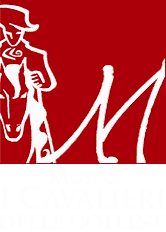Gonnoscodina
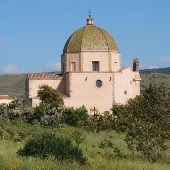
SAINT DANIEL’S CHURCH
It occupied the area of a previous religious building dedicated to the same Saint and founded in 1646 by the confraternity of the Good Death. The bricklayer Raffaele Cappai started the reconstruction of the church in 1825 to conclude in 1841.
More...
The plan of the church resembles the plan of the nearby parish church: a Greek-cross plan, a wide rectangular apse, an intersection between nave and transept topped by an octagonal pavilion on a tambour. On both sides of the apse two twin sacristies can be found, whereas in the two chapels and in the presbytery three wooden altars are housed. The pictorial decorations date to the 1900s.
Being positioned on a hill at the outskirts the town, the church can also be seen from the surrounding countryside. Its streamlined silhouette combined with its centric shape have a strong landscape value and allow the church to be recognized from a considerable distance.
The façade preserves some elements of the late Rococo style. Its double inflection upper part, which is also present in the door’s frame, the small double-volute bell-gable and the solemn vaulted pavilion are recurrent elements in the religious architecture of the Campidano area.
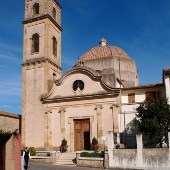
SAINT SEBASTIAN’S PARISH CHURCH
Saint Sebastian’s parish church replaced the old church of Saint Bartholomew, echoed by a couple of arches in the building.
The reconstruction of the building occurred in several stages: first between the 17th and the 18th century, and then in the middle of the 19th century. The architectonic solutions adopted are recurrent among the religious buildings in the Parte Montis and derive from some significant monuments in Cagliari. A memorial plaque inside the church commemorates the last stage of the reconstruction works, started in 1846 and completed in 1873.
More...
The church presents a Greek-cross plant topped by an octagonal pavilion on a tambour, whereas the façade presents a tetrastyle ionic colonnade: this feature can also be found in the parish churches of Masullas and Mogoro. Its elegant upper part is characterized by a series of concave and convex volutes; in the middle, a small flabellum-shaped window that represents one of the typical decorative motifs of the Piedmontese rococo. The church’s portal is enclosed by a Michelangelo-style frame.
Inside the church, a relic of the Holy Cross and a silver chalice of excellent workmanship are kept. Next to the parish church was the ‘monte granatico’, an old Italian organization whose purpose was to provide -with a restitution obligation- the poorest farmers with the necessary wheat and barley for the planting season (TN). Its premises now host the municipal library.

POLO MUSEALE MASULLAS
More...
...allodiale, con la prerogativa di successione anche per linea femminile e l’esercizio in sede giurisdizionale del mero et mixto imperio, che concede il potere di amministrare la giustizia sia nel civile che nel criminale.In ogni curatoria o baronia appartenente al Marchesato vengono istituite le curie baronali e sono nominati i diversi giudici. Le cause sono spesso di natura fiscale, altre riguardano fatti criminali. L’amministrazione della giustizia feudale risulta però confusa e arbitraria: curie senza archivi ordinati, personale dotato di scarsa preparazione, corruzione e connivenza con i bandos organizzati, carceri ridotte al solo ceppo e in locali molto ristretti.
Masullas, oltre alle milizie, ospita in questi locali la curia baronale con le relative carceri.
Nel 1564, per fermare lo strapotere dei baroni nell’amministrazione della giustizia, il sovrano spagnolo Filippo II istituisce il tribunale della Reale Udienza, che giudica in appello sulle cause tra vassalli, villaggi e feudatari.
A farne parte sono letrados esperti in materie giuridiche. L’incarico più importante all’interno della magistratura è il Reggente della Reale Cancelleria, coadiuvato da altri giudici, come l’Avvocato Fiscale.
In seguito alla richiesta degli Stamenti nel Parlamento, nel 1651 viene istituita la Sala Criminale della Reale Udienza, con competenza sulle cause di natura penale.
Il ruolo che la Reale Udienza assume nel corso del periodo spagnolo non è meramente giuridico, poiché essa col tempo diventa un organo consiliare che supporta i viceré nel governo del Regno.
Info
Ex Convento dei Cappuccini
Via Cappuccini, 57
09090 MASULLAS (OR)
Sardegna
Italia
coopilchiostro@tiscali.it
Collegamenti
- Atti amministrativi
- Termini e condizioni
- Privacy Policy
- Cookie Policy
- CEAS
Newsletter
Iscriviti alla nostra newsletter per rimanere aggiornato sugli eventi del polo museale del comune di Masullas
SOSTEGNO PUBBLICO
PROGETTO NEOLITHIC PARK 3D
CUP: E78D17000220007
Bando CultureLab “Sostegno finanziario alle imprese del settore culturale e creativo per lo sviluppo di progetti culturali innovativi”

